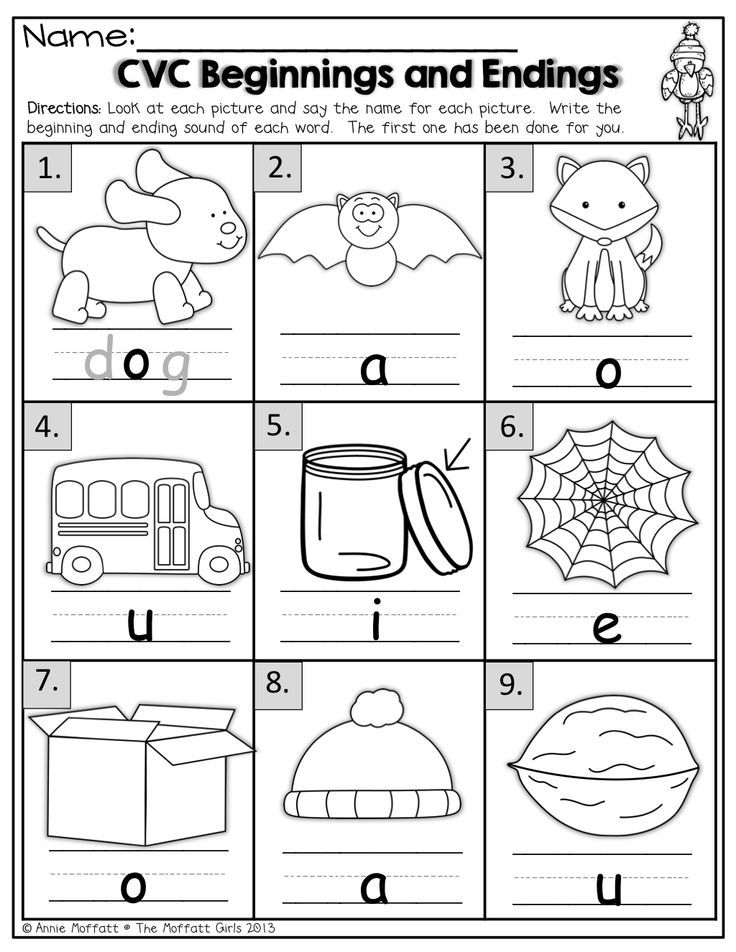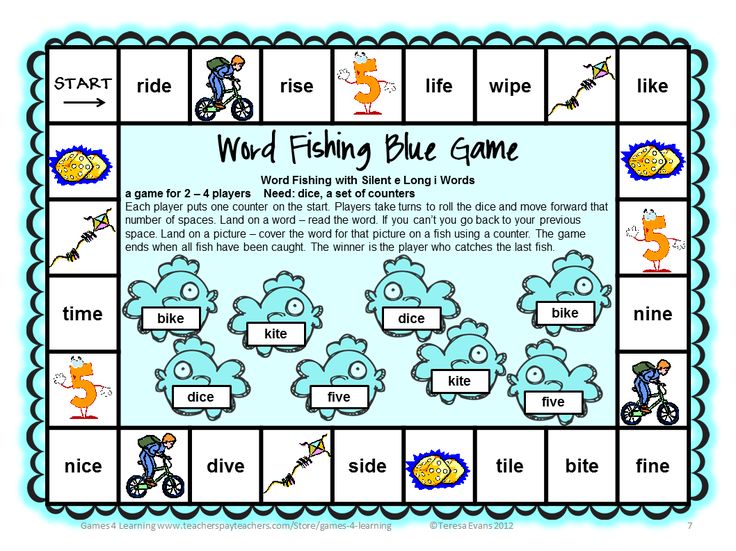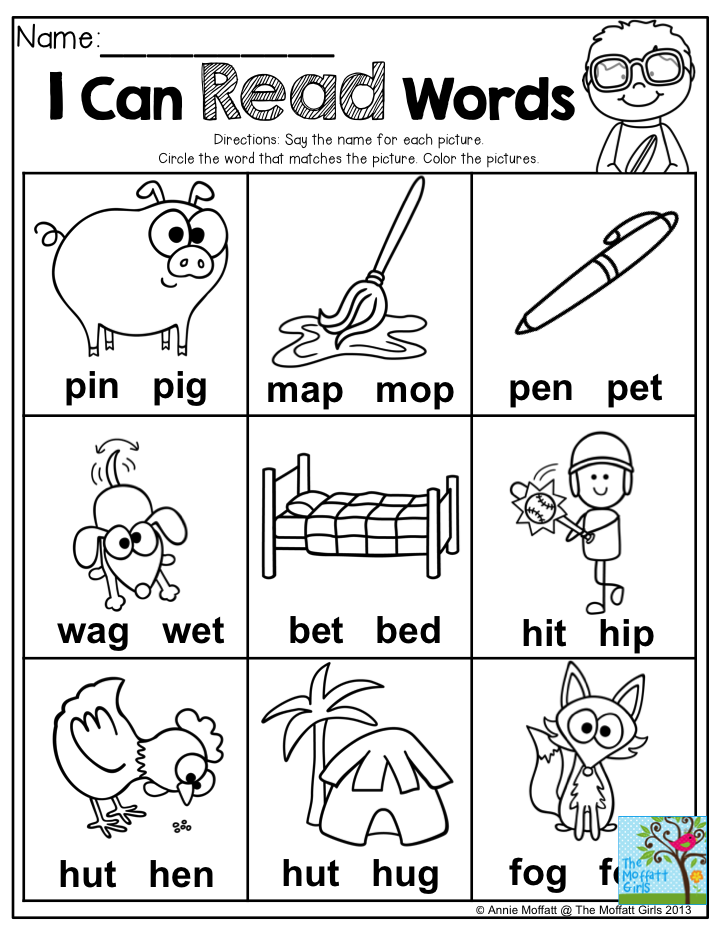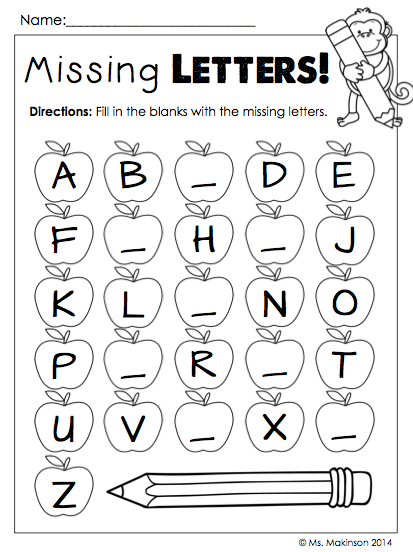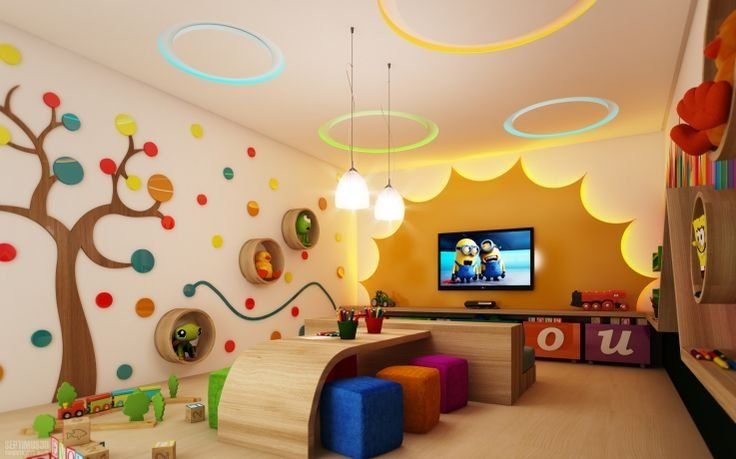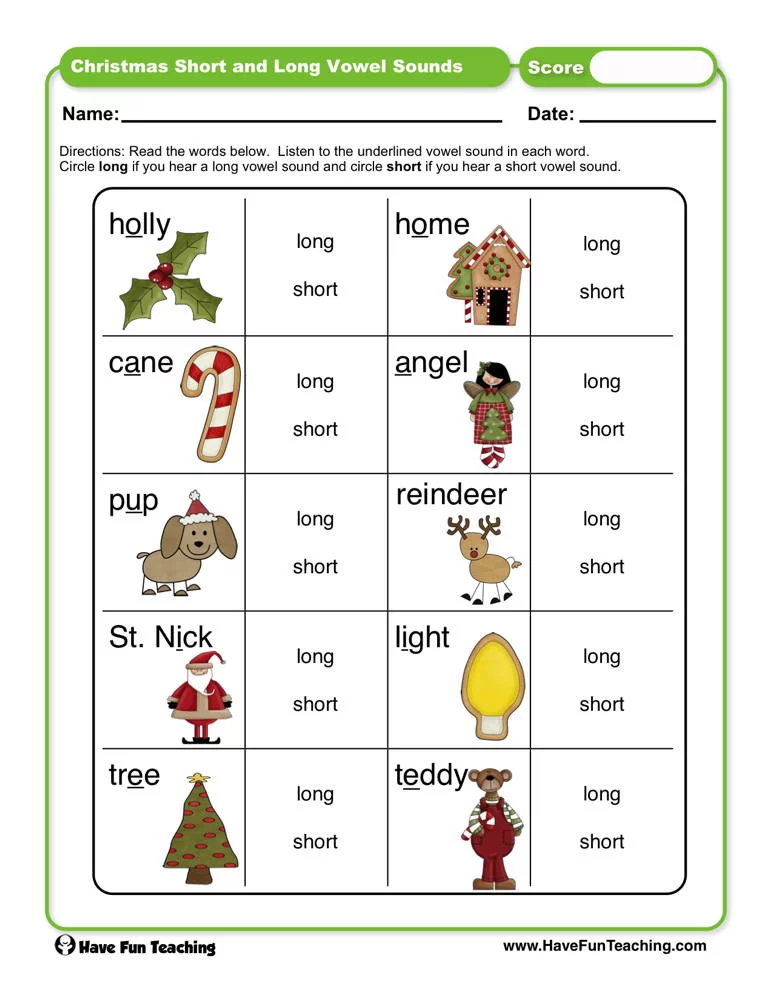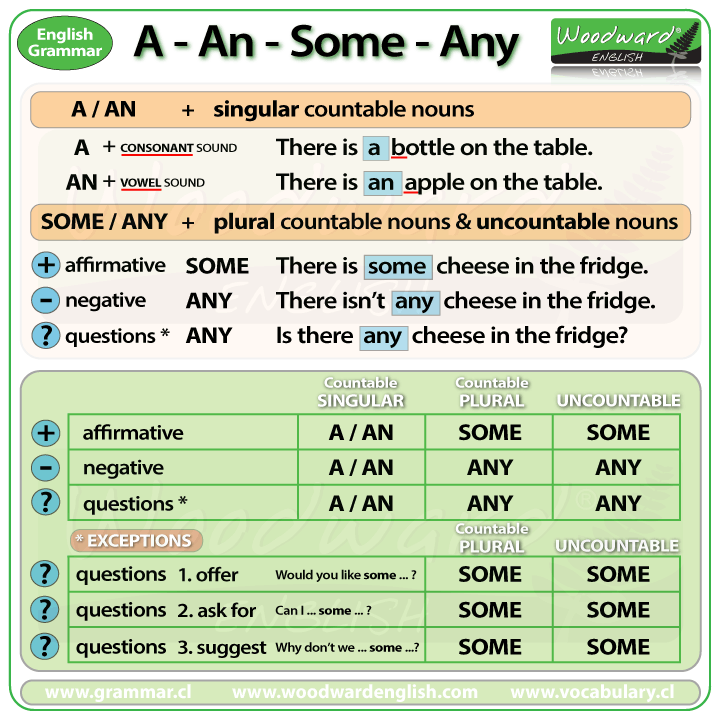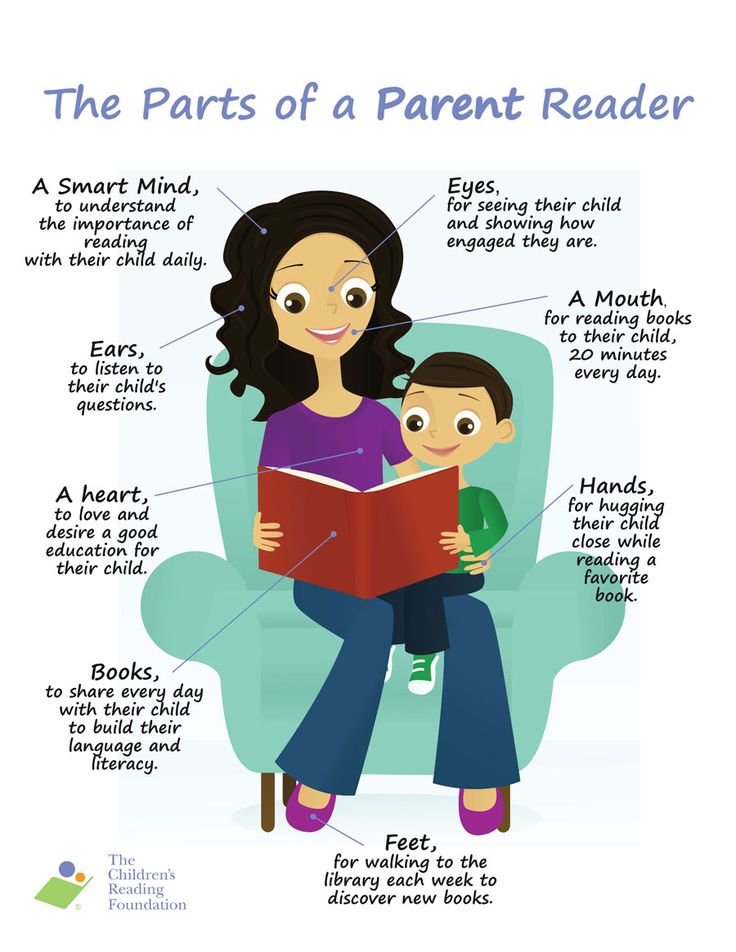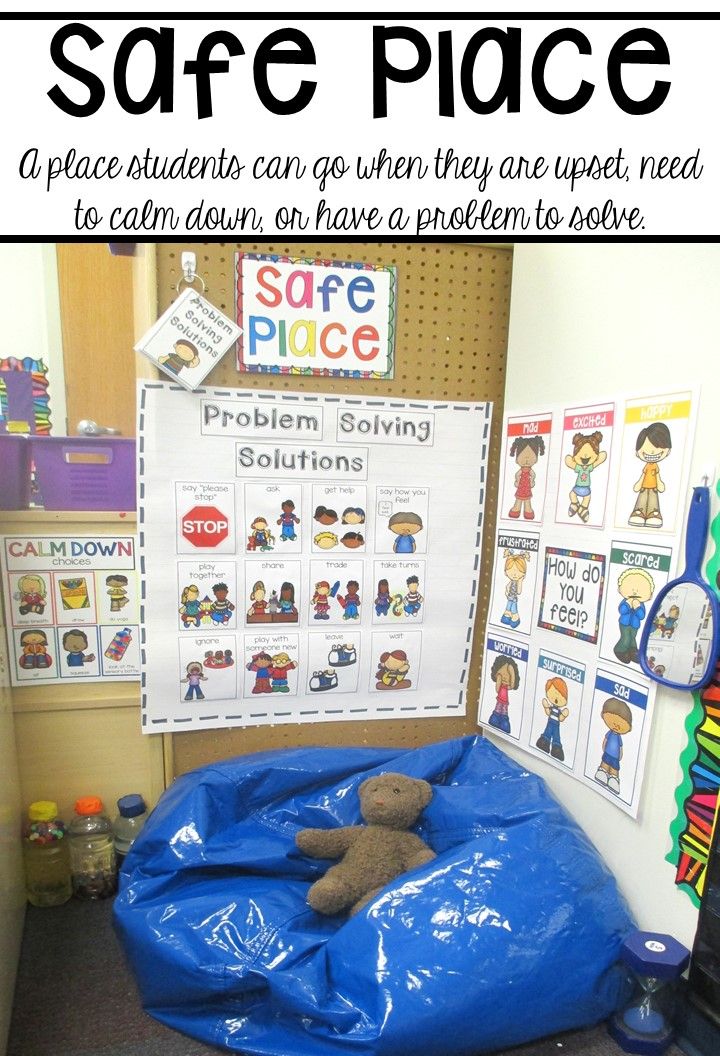Letter sound activities for preschool
Learning Letter Sounds - PreKinders
By Karen Cox | Affiliate Disclosure | Filed Under: Phonological Awareness
These games help pre-K children practice Letter Sound learning in a fun, hands-on way.
Sound Cups
Use 26 disposable clear punch cups and label each cup with a letter. Letter cup labels can be downloaded below. Collect a set of small trinket objects (you can ask parents and friends to send things in), such as plastic lizard, small block, watch, plastic frog, bandaid, necklace, button, dice. Place the trinkets in a basket. Children sort each trinket into a letter cup by its beginning sound.
You can use all 26 cups at one time, or select 3-4 letter cups at a time for children to focus on. When searching for items to go in the cups, look for dollar store mini toys (especially packs of animals and bugs), look at doll house miniatures, browse craft stores for mini items.
Download: Letter Cup Labels
Erase the Sound
Draw a picture on a dry erase lap board. In the example below, I drew a snowman. Call children up one at the time to erase something that begins with something in the picture. In this picture, children can erase something that begins with H (hat), something that begins with B (buttons), something that begins with N (nose). Continue until everything is erased.
Mystery Bag
Place three objects beginning with the same letter in a bag (such as ball, bug, and button for B). Have a child pulls each item out of the bag and name each item. Have the class guess the “mystery letter”.
Guess Who?
Say three words and have the kids guess whose name begins with the same sound as those three words. For example, call out:
- lake
- lemon
- lamp
The class would guess Levi. If you have more than one child in your class (maybe Levi, Lucy, and Layton) who start with that letter sound, the class can name all of them.
I have prepared a list of words for each letter that you can use for your students.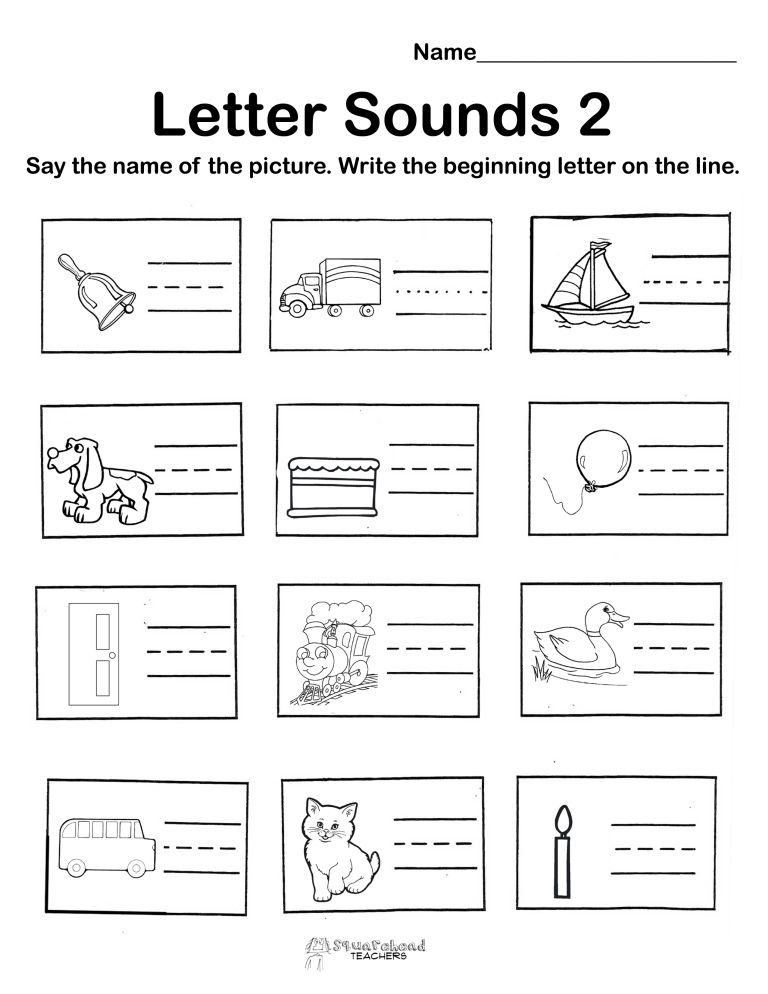 Download the list below.
Download the list below.
Download: Beginning Letter Sounds List
Monster Names
Have kids stand, stomp, and growl when you say their “Monster Name”. Replace the first letter of each child’s name with the letter M. For example, Braden’s name would become “Mad Monster Maden” and Ashlyn’s name would become “Mad Monster Mashlyn”.
Say Two Words
Say two words, and have kids stand up if the words begin with the same sound. Have them sit down if they do not. For example,
cat – cow (stand up)
hat – goat (sit down)
Letter Sounds Listening Games
Children listen for beginning sounds in words and use bingo markers to stamp a letter each time they hear the letter sound. Get the printable game here: Letter Sounds Listening Games.
Letter Sounds Activity Cards
Children look at the picture, say the word, and find the letter that matches the beginning sound. They mark the cards by clipping it or marking it with a chip. Get the printable game here: Letter Sounds Activity Cards.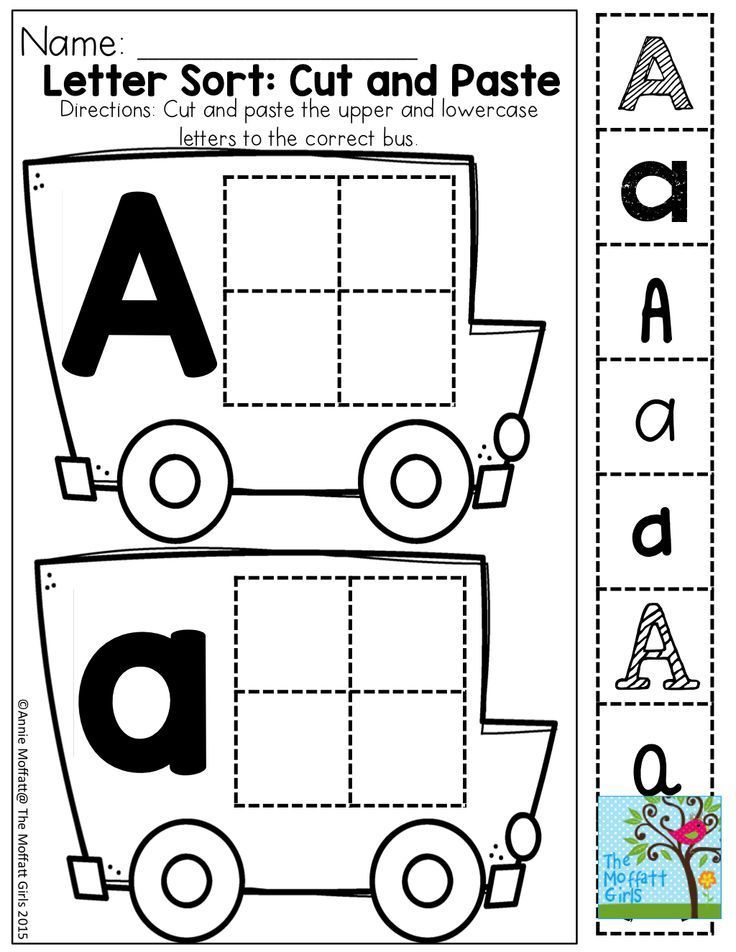
Letter Tile Mats
Children match letter tiles to the pictures on the mats by identifying the beginning sound of the words. Get the printable game here: Letter Tile Mats.
More Resources
These are available in my shop.
About Karen Cox
Karen is the founder of PreKinders.com. She also works as a full-time Pre-K teacher in Georgia. Read more...
SEARCH
14 Phenomenal Phonics Activities for Preschoolers
It’s difficult to overstate how important reading and language are. These skills are the foundation for a lifetime of success, so it’s only natural if you’re seeking out ways to make sure the little ones in your care are on solid ground. One tried-and-true method for building literacy skills is through the use of phonics activities. In this article we’ll help explain what phonics are and share some excellent phonics activities we’ve found from preschool professionals.
What are phonics?
It’s pretty simple—phonics are just the relationships between letters and the sounds they make.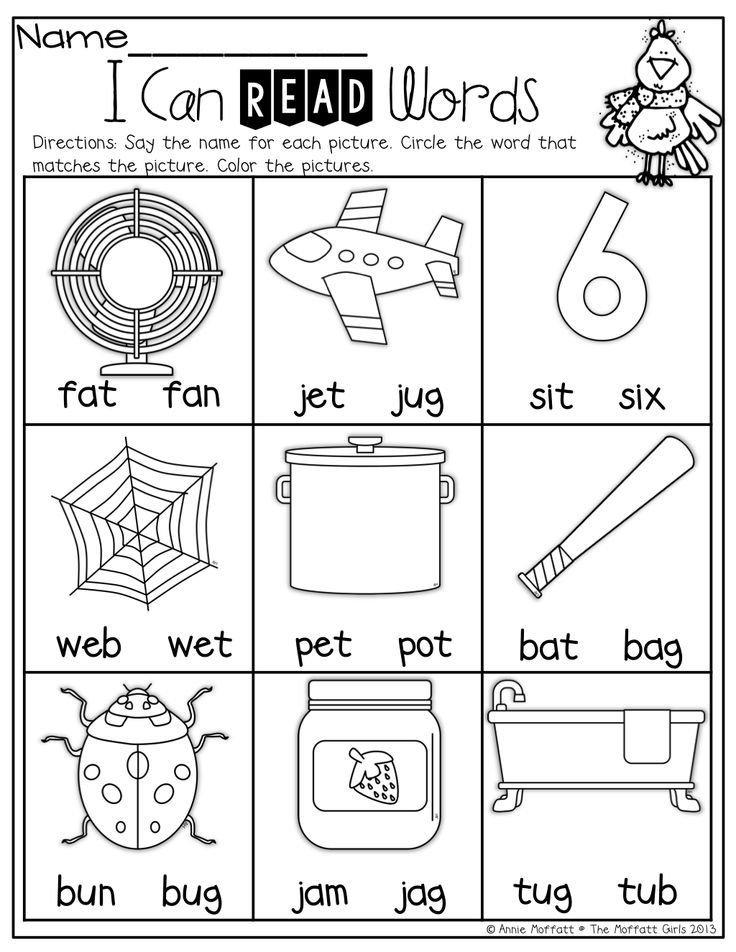 For instance, the letter “p” sounds like /p/ and the letter combination of “tion” sounds /shun/. Though letter combinations like “tion” are more complex, preschoolers can get started learning to recognize simpler letter sounds.
For instance, the letter “p” sounds like /p/ and the letter combination of “tion” sounds /shun/. Though letter combinations like “tion” are more complex, preschoolers can get started learning to recognize simpler letter sounds.
Learning phonics will help young kids decode words to learn how they’re pronounced and what they mean. This will give them a leg up on writing and spelling. Normally learned between kindergarten and second grade, phonics activities are available for every age, including remarkably simple and amusing options for you and your child. We’ve gathered the best on the web just for you and your preschooler.
14 Fun phonics activities for preschoolers
1. Rainbow hop letter sounds game
This kinetic phonics game from Fun Learning for Kids transforms your living room into a life-sized board game. Simply use colored paper, one die and a marker to create a stepping-stone for every letter of the alphabet or however many you have room for. You can even include “ch” and “sh” pieces for more advanced learners.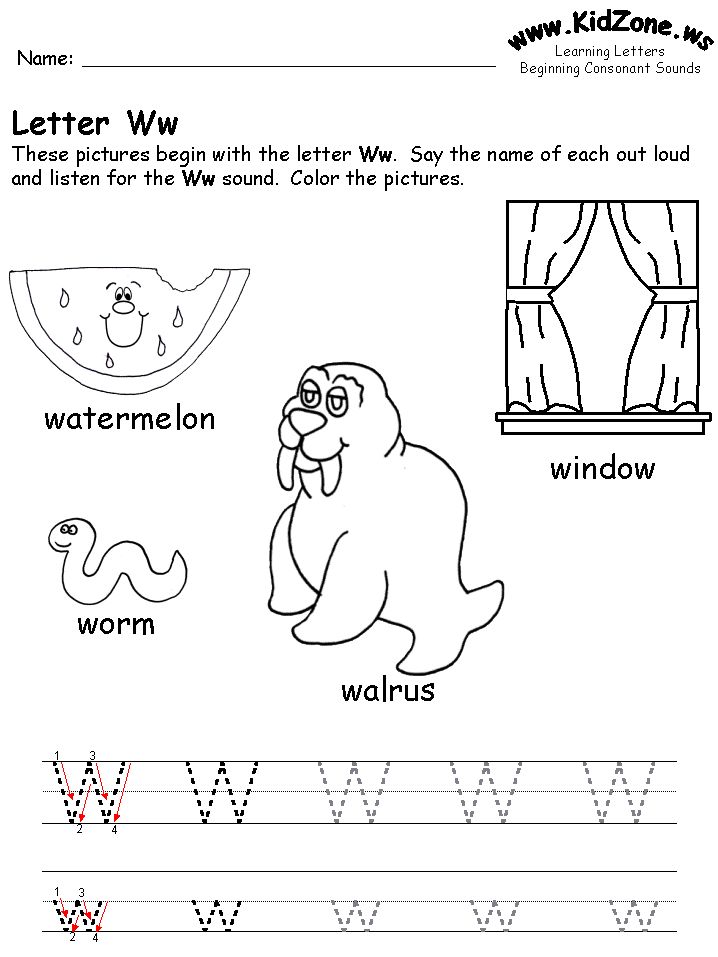 For the game, your child will roll the die, take the allotted number of hops and say and pronounce the letter that they land on. Perfect for playing with siblings or parents or friends, this active game will help your little one learn both letter sounds and counting.
For the game, your child will roll the die, take the allotted number of hops and say and pronounce the letter that they land on. Perfect for playing with siblings or parents or friends, this active game will help your little one learn both letter sounds and counting.
2. Alphabet ball
Best played outside or in a gym, this super simple active game from Hands On As We Grow will keep your energetic preschooler moving, grooving and learning. First, the adult calls out a letter and the child responds with a word that begins with that letter. Then, the adult throws the ball to the child and the child gives the adult a letter to find a word for, and on and on. You can make the game even more fun by kicking the ball or chasing each other to tag with the ball. You can also play rhyming ball, where the thrower provides a word for the catcher to rhyme with.
3. Alphabet phonics clip cards
You can download these free, fun and easily portable phonics clip cards from Kids Activities.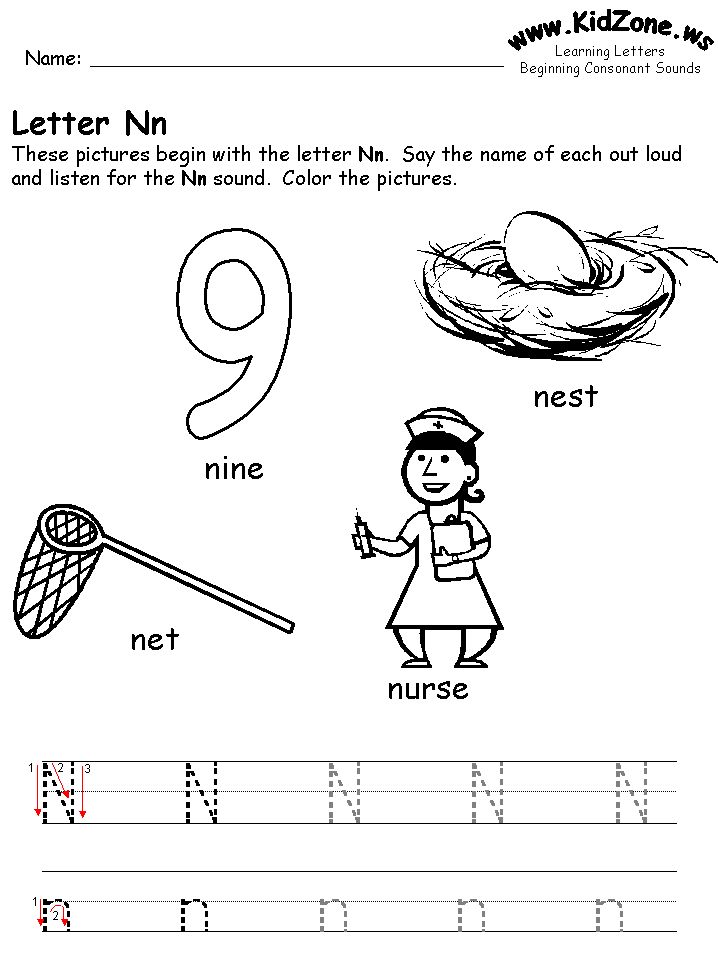 Using clothespins or any other kind of nonpermanent marker, your child will mark which animal name starts with the letter “z,” “b” or “s” depending on the card. These colorful cards enable your child to work on word association and sounds while in the car, waiting at the doctor’s office or relaxing at home.
Using clothespins or any other kind of nonpermanent marker, your child will mark which animal name starts with the letter “z,” “b” or “s” depending on the card. These colorful cards enable your child to work on word association and sounds while in the car, waiting at the doctor’s office or relaxing at home.
4. Letter sounds race
This Letter Sounds Race from Inspiration Laboratories is perfect for your little sprinter. Place letter magnet opposite any magnetic surface—magnet board, the fridge or easel. While your kiddo stands near the magnet board, pronounce a letter sound, have them run to the letter magnets, pick out the corresponding letter and place it on the magnet board. You can help your younger child learn new letter sounds by asking them to find and place the letter, pronounce the letter sound and ask them to repeat it.
5. Phonic photo scavenger hunt
Get clicking with this bright idea from VeryWell Family. Have your preschooler create a photo album, either physical or digital, with a photo of an item for every letter sound: “a” for anthill to “z” for zoo.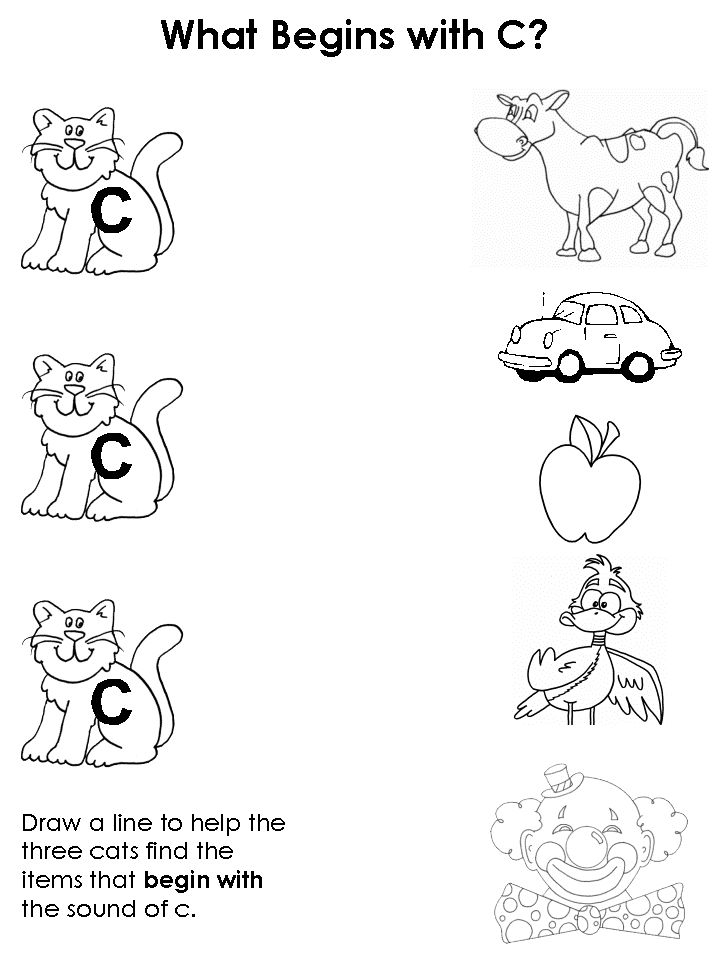 This is an easy way to keep the learning flowing while on vacation or on the go. This can be done again and again to learn new sounds like “ch” or “sh.”
This is an easy way to keep the learning flowing while on vacation or on the go. This can be done again and again to learn new sounds like “ch” or “sh.”
6. Spin & rhyme
No Time For Flash Cards suggests a creative alternative to boring work sheets. Use a paper towel roll and clothes hanger to easily create rhyming words (e.g., cat, pat, mat, sat). This exercise also helps your little one learn how to break down words and identify word families. The simple setup is easy to transport and provides a kinetic twist to a basic phonics activity.
7. Erase the sound
Your little artist will love this simple and visually stimulating activity. Draw a picture on a whiteboard or chalkboard, name individual letters and have your child identify and erase items in the picture that start with that letter. PreKinders suggests drawing a snowman with a hat for “h,” buttons for “b” and carrot for “c.” If your child is old enough, you could also reverse the roles of artist and eraser, once they see how it’s done.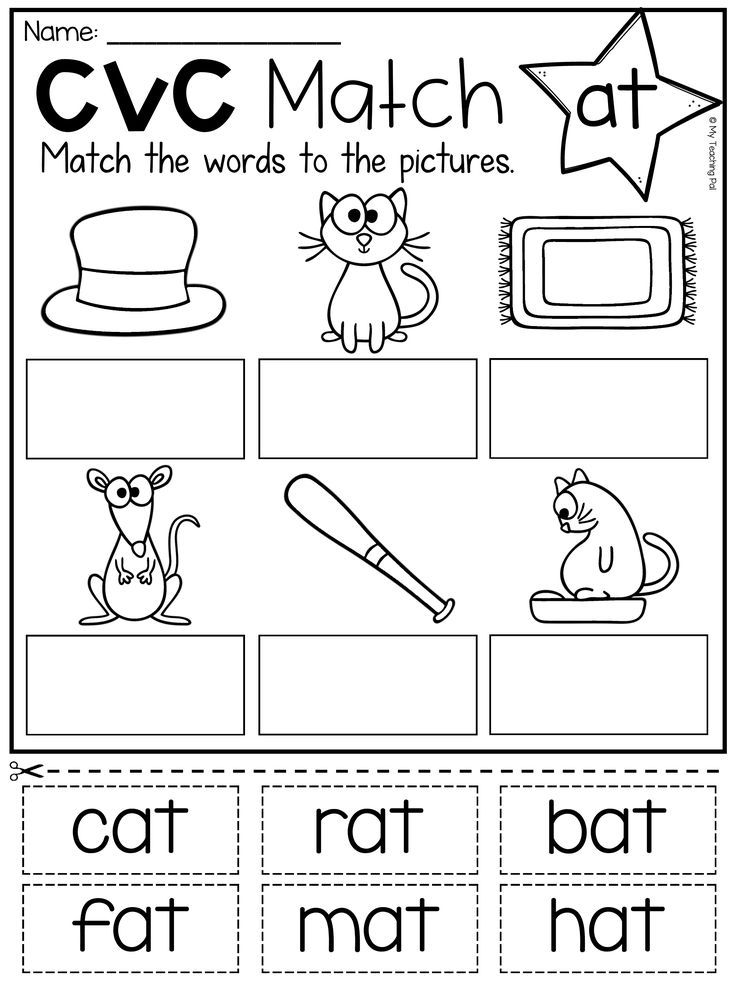
8. Mystery bag
In this tactile activity from PreKinders, you’ll place three objects within a bag—like a ball, bug and button for the letter “b”—have your child name each item, and guess the “mystery letter” that unites all of the objects. If you have more than one little one learning phonics, you can have them fill a bag for the others with objects around the house to have the others guess.
9. 4 in a row
The Measured Mom recommends this game for older preschoolers who can count to four and know most of their letters, but need a bit of review. You can print this simple sheet from this website and take turns naming and pronouncing a letter. When you or your child names a letter correctly, you can color it in or cover it with a small object or game piece. The first to get four in a row wins!
10. Kaboom alphabet
Using just jumbo craft sticks and a cup, each player will pull a stick out of the cup and say the sound of the letter written on the stick they draw.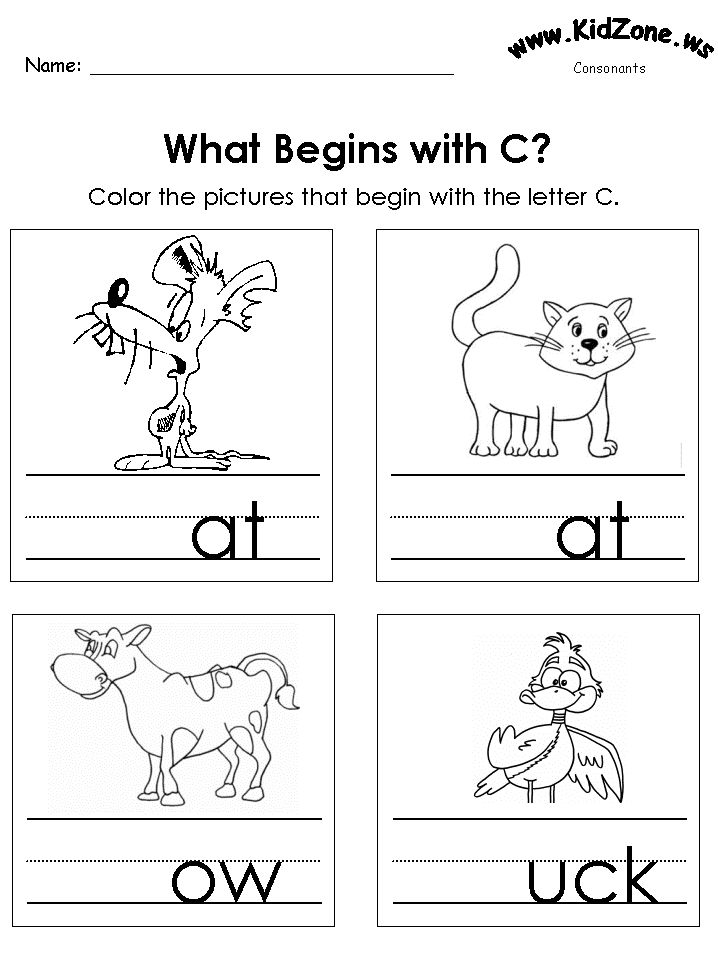 Then, they get to keep that stick. But “KABOOM” is written on one stick and every time it’s pulled, the unlucky player has to put all their sticks back in the cup. You can even set a timer as Fun Learning for Kids recommends for a fun speed-round version.
Then, they get to keep that stick. But “KABOOM” is written on one stick and every time it’s pulled, the unlucky player has to put all their sticks back in the cup. You can even set a timer as Fun Learning for Kids recommends for a fun speed-round version.
11. Say two words
This simple game from PreKinders requires zero materials and allows kiddos to stretch their legs and get some energy out. When you say two words that begin with the same sound, they should stand up as fast as they can, but stay seated if the words do not begin with the same sound. If playing with more children, you can create an elimination system, so that there’s one clear winner determined.
12. Monster names
This simple activity from PreKinders is fun anytime and takes absolutely zero setup. Have preschoolers replace the first letter of their name with the letter “M,” and add ‘mad’ to the beginning. For example, Ashely would become Mad Monster Mashlyn. The kiddos can then stomp around, growl and play monsters with each other.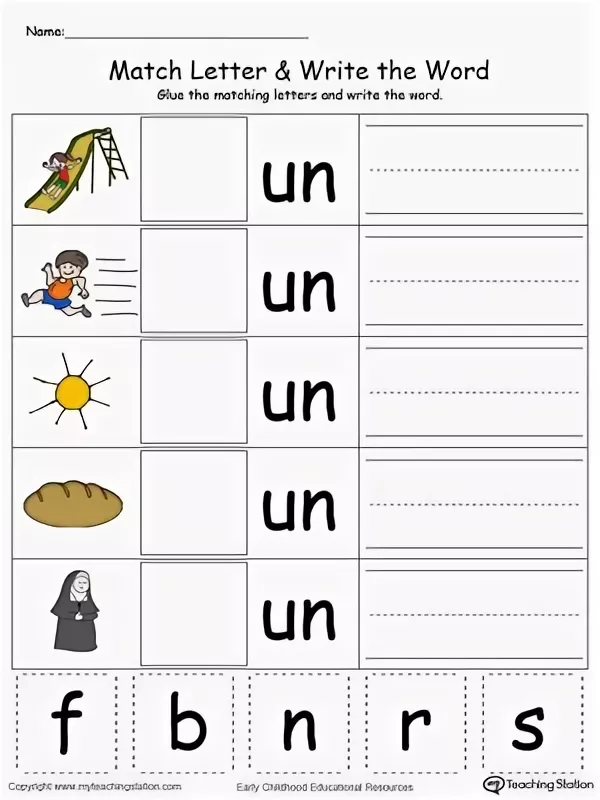 This simple approach for reinforcing phonetic sounds can obviously be expanded and modified for further practice (e.g., Cool Cat Cashlyn, Funny Fish Fashlyn, etc.).
This simple approach for reinforcing phonetic sounds can obviously be expanded and modified for further practice (e.g., Cool Cat Cashlyn, Funny Fish Fashlyn, etc.).
13. Smack the letter
Fun Learning for Kids recommends this flexible and fun game. Preschoolers will love getting to use a flyswatter to hit the letters you write on sticky notes and pronounce for them to identify. You can pick the letter sounds they most need to work on. If playing with a peer, this game can become a race. Two to three children can play for points to see who can reach 10 first. It can also be played tournament-style, if you’re working with a larger group.
14. Phonics I-Spy discovery bottle
Imagination Tree offers this fun boredom buster. Fill a large juice bottle with a variety of small items that start with various letters, using rice or sand as a filler for the remaining space. To play, use an alphabet deck or phonics clip cards to pick a letter and have your child shake the bottle and hunt for the item with the corresponding beginning letter.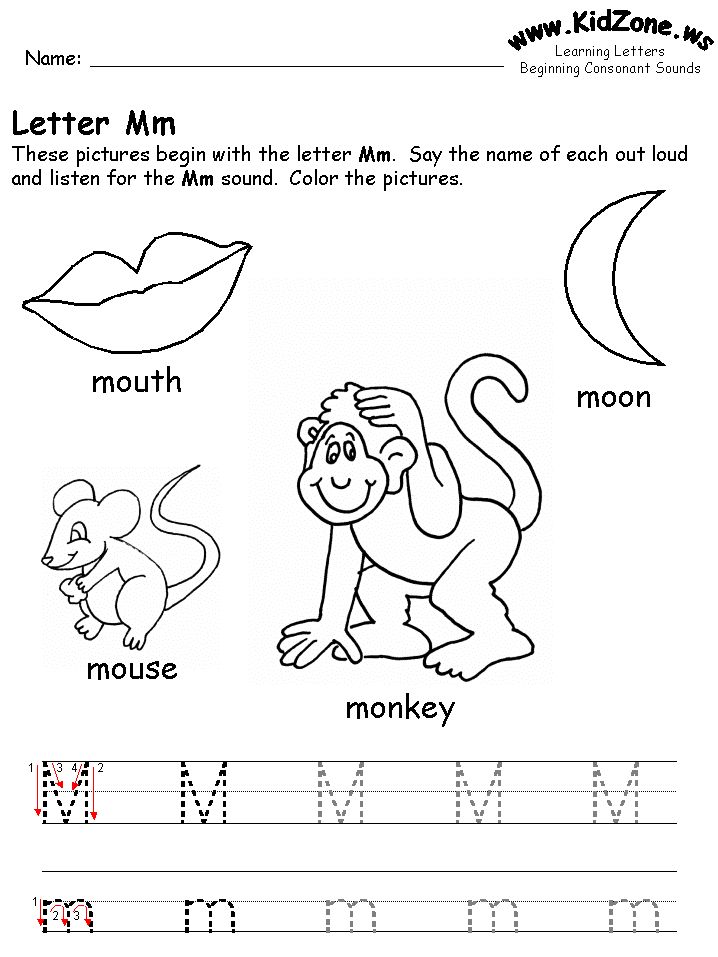
Make phonics fun!
If these ideas excite you, it probably isn’t because you only love phonics. It’s more likely you love helping little ones develop their minds too. If making a career out of that love sounds like a bright idea, learn about just how important early childhood education is and how you could play a role in it.
10/11/2016 All-Russian seminar with international participation "Sound-letter analysis in literacy lessons"
- Details
- Zaporozhets Irina Viktorovna
For teachers of preschool education, primary education, additional education, other specialties
All-Russian seminar with international participation
Date: 10/11/2016
Time: 16:00 - 17:30
Presenter: Zaporozhets Irina Viktorovna, primary school teacher, teacher of the highest qualification category, teacher of ANEO "Center for further professional education "ANEX"
Description:
The purpose of the seminar: to give teachers methodological recommendations on the formation of language analysis and synthesis skills in literacy classes.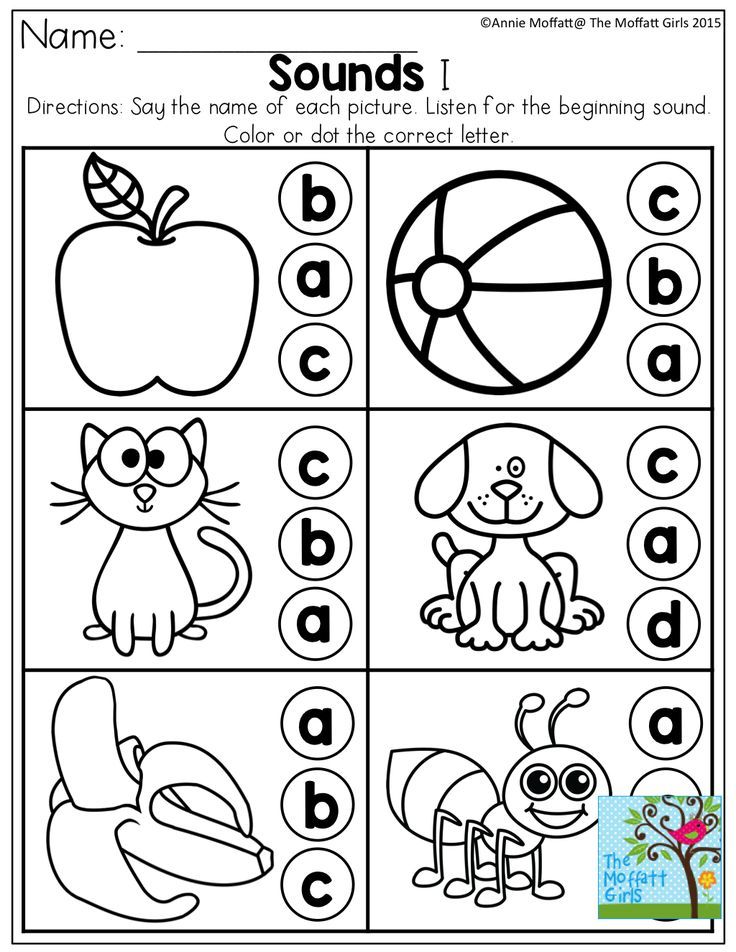
Source: http://logoportal.ru/seminar-education-gramote/.html
Discussion questions:
- Development of phonetic abilities of children, increasing the level of development of spelling skills.
- Classification of the sounds of the Russian language, the order of studying the sounds and letters of the Russian alphabet, work on the tape of letters.
- Teaching the sound analysis of the word as the main task of the stage of preparation for teaching literacy.
To receive a certificate, you need to leave a speech abstract from your work experience for one of the sections of the seminar.
Please register with MAAM. Only registered MAAM users can copy. Publication address: http://www.maam.ru/detskijsad/seminar-praktikum-dlja-roditelei-tema-zvuko-bukvenyi-analiz-slova.html
Please register with MAAM. Only registered MAAM users can copy. Publication address: http://www.maam.ru/detskijsad/seminar-praktikum-dlja-roditelei-tema-zvuko-bukvenyi-analiz-slova.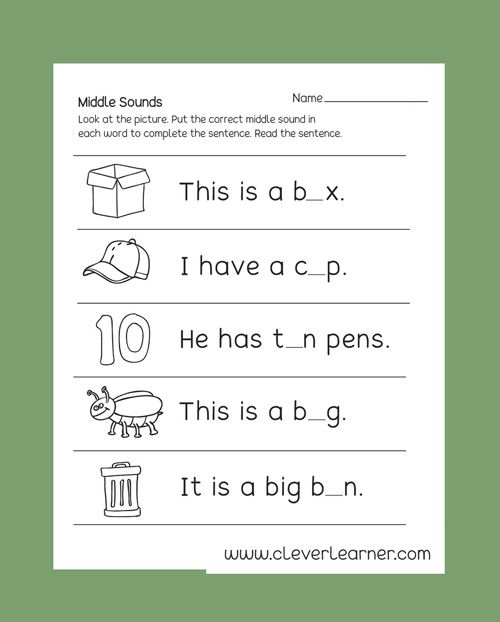 html
html
Please register with MAAM. Only registered MAAM users can copy. Publication address: http://www.maam.ru/detskijsad/seminar-praktikum-dlja-roditelei-tema-zvuko-bukvenyi-analiz-slova.html
Section list:
Section 1. "Development of phonemic hearing in schoolchildren"
Section 2. “The role and place of didactic play in literacy classes”
Section 3
Sign up for the event and leave your abstract
- Back
- Forward
You may also be interested:
- 02.12.2022 City master class "Financial literacy for everyone" Semyonova Nadezhda Igorevna 2022-12-02 13:30
- 12/07/2022 All-Russian seminar "Formation of safe lifestyle skills in children" Semyonova Nadezhda Igorevna 2022-12-07 19:00
- 11/24/2022 City seminar "Formula of success".
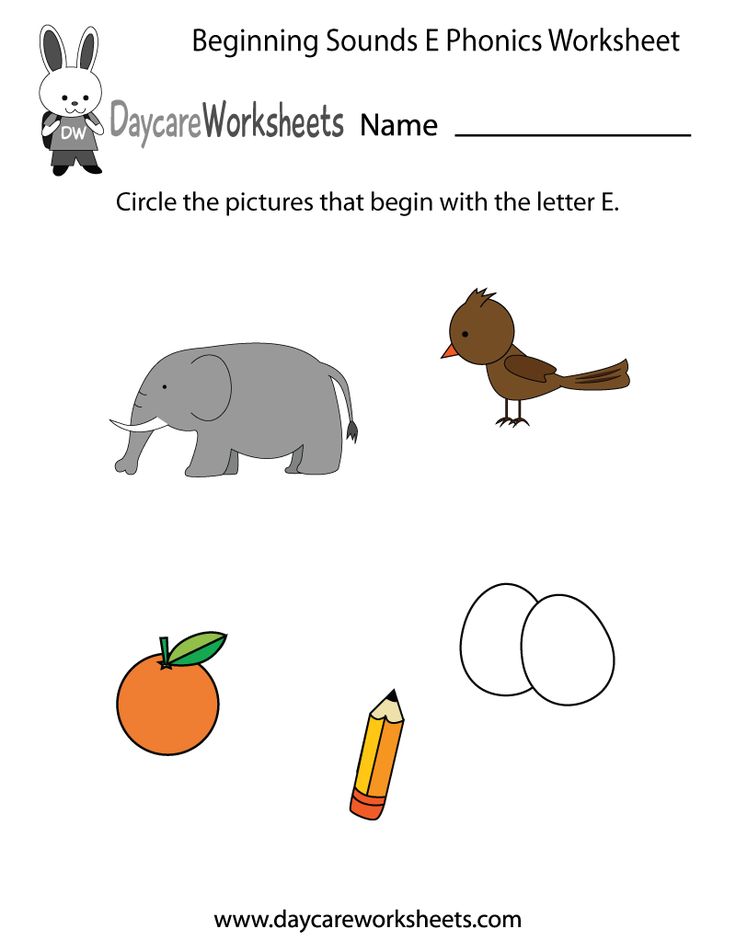 IT technologies" Buzuluksky, Lyubaskina 2022-11-24 18:00
IT technologies" Buzuluksky, Lyubaskina 2022-11-24 18:00 - 11/23/2022 All-Russian seminar "Recommendations for parents and teachers on the development of speech of children aged 6-7" Sergeeva Anna Iosifovna 2022-11-23 19:00
- 11/23/2022 All-Russian seminar "Educational opportunities of the lesson: the path to the profession" Zhebrovskaya Olga Olegovna 2022-11-23 17:30
Exercises that promote the formation of reading skills
Dobrynina E.G.,
teacher-speech therapist of the highest category,
Original article in MS Word format (7.67 MB) download
Publication certificate:
In recent years, there has been a sharp increase in the number of children with various speech disorders entering the primary classes of general education schools. Especially common are writing disorders (dysgraphia and dysorphography) and reading disorders (dyslexia).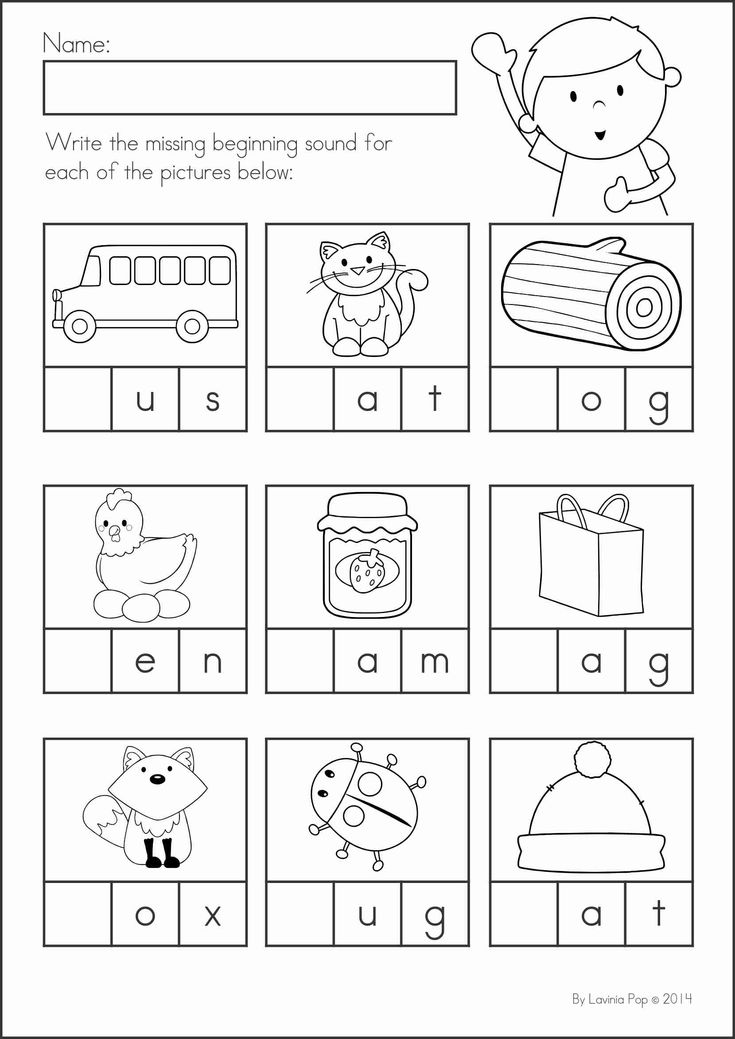 Reading disorders in children have been studied for a long time, but even today it is one of the most urgent problems of speech therapy. It is no secret that reading disorders have a negative impact on the entire learning process, on the mental and speech development of the child. Correction of these types of disorders requires purposeful and painstaking work of teachers, speech therapists, and parents. To make this process interesting, informative and not boring for students, it is necessary to diversify the work with various games and exercises that would break the stereotypical idea of reading as a boring activity. Exercises and tasks of various degrees of complexity and variety will help turn a complex reading process into an interesting game.
Reading disorders in children have been studied for a long time, but even today it is one of the most urgent problems of speech therapy. It is no secret that reading disorders have a negative impact on the entire learning process, on the mental and speech development of the child. Correction of these types of disorders requires purposeful and painstaking work of teachers, speech therapists, and parents. To make this process interesting, informative and not boring for students, it is necessary to diversify the work with various games and exercises that would break the stereotypical idea of reading as a boring activity. Exercises and tasks of various degrees of complexity and variety will help turn a complex reading process into an interesting game.
GAMES WITH LETTERS
If a child does not memorize letters well, there are many different techniques to help memorize the visual image of letters.
For example, letters can be molded from plasticine, laid out from sticks, matches, mosaics, colorful ropes, cut out of colored paper, burned on boards.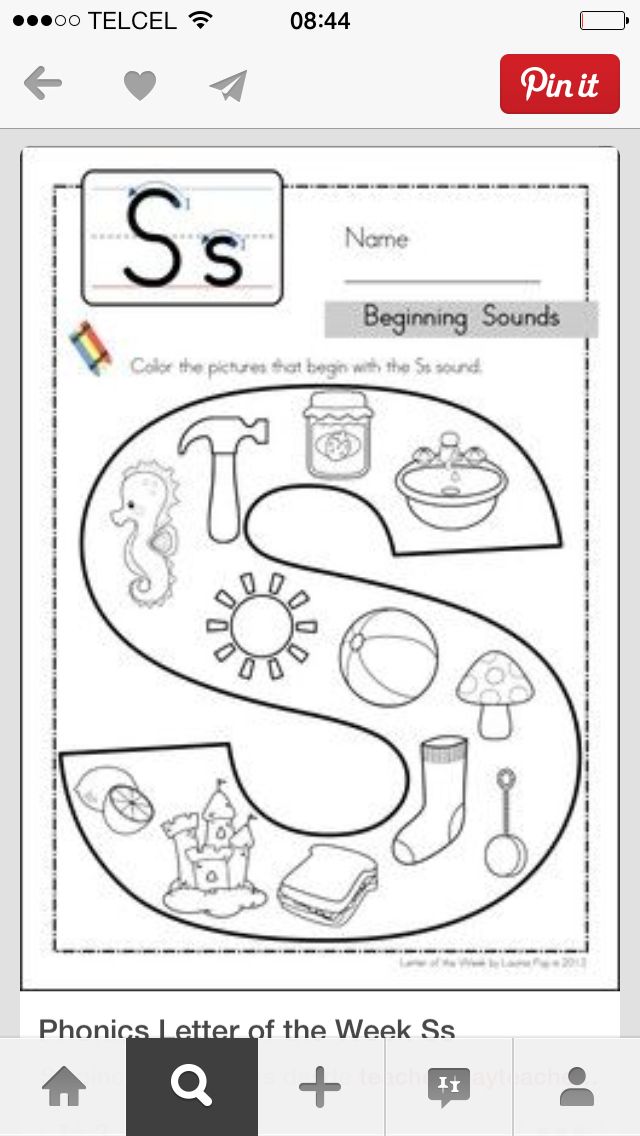
To form a stable graphic image of a letter (grapheme), you can offer the child to trace the convex contour of the letters with his finger, tactile recognition of the "sanding" letters.
You can use the technique "Dermolexia" , when the teacher draws a letter on the child's palm, and the child recognizes it with his eyes closed, and you need to draw on the "leading" hand, to stimulate the leading hemisphere.
The following technique has proven itself well. Take a sheet from an old children's book (or children's magazine) and offer to cross out on it that letter with which you are introducing him at the moment, or the letter that he confuses, cannot remember. For example: "Cross out (circle) all the letters D on this page."
At the stage of studying letters, it is useful to give task "Group of stylized letters" . The child is offered to group the same letters.
Useful tasks that complicate the recognition of letters, these are "Crossed out letters", "Different font", "Inverted letters", "How many identical letters", "Which letters are more", "Superimposed letters", "Mirror letters", " Find the letter among the rows of letters”, “Find the desired letter among the crossed out letters”.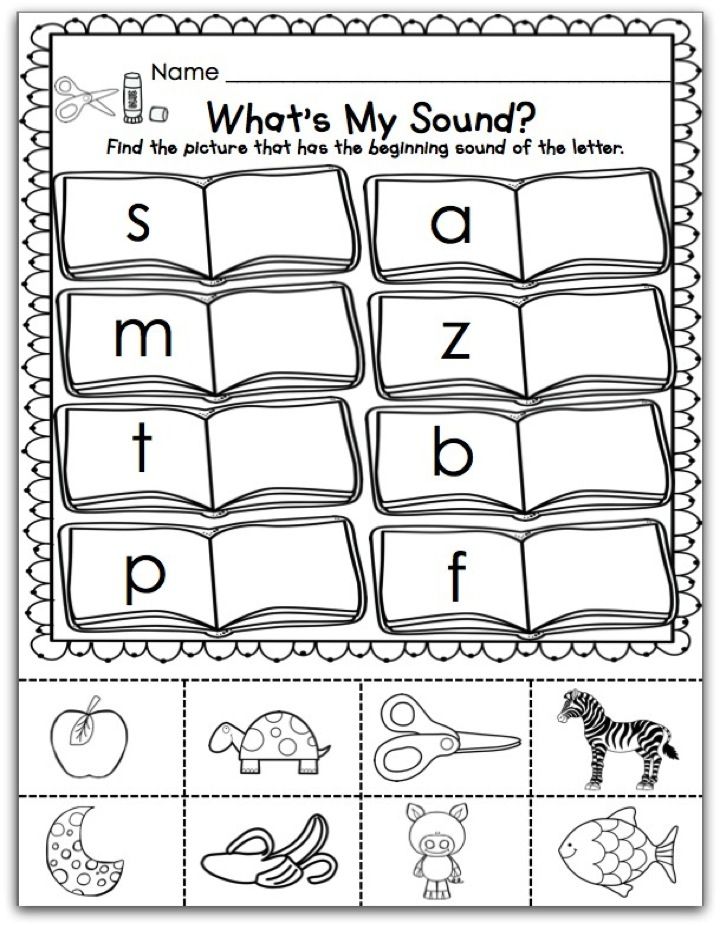
You can involve the child himself in the "creative creation" of letters - offer him "Finish the letter" along the dotted lines, "Remake the letter", rearranging (shifting) the elements ("What needs to be done to make the letter L from the letter I; from W - C, etc.)
Do you like this article? Tell your friends!
For the development of memory and attention - "What letter is gone" - a number of letters are laid out in front of the child, starting from 3 - 4, the teacher suggests memorizing the sequence in which they are located. The child closes his eyes, and the teacher removes one letter. Options - swap letters - the child reproduces the original version or the adult adds another letter, the student calls it. You can play with a gradual increase in a number of letters. You can lay out small words, then rearrange them, “lose” letters from a word, restoring it with the help of a child.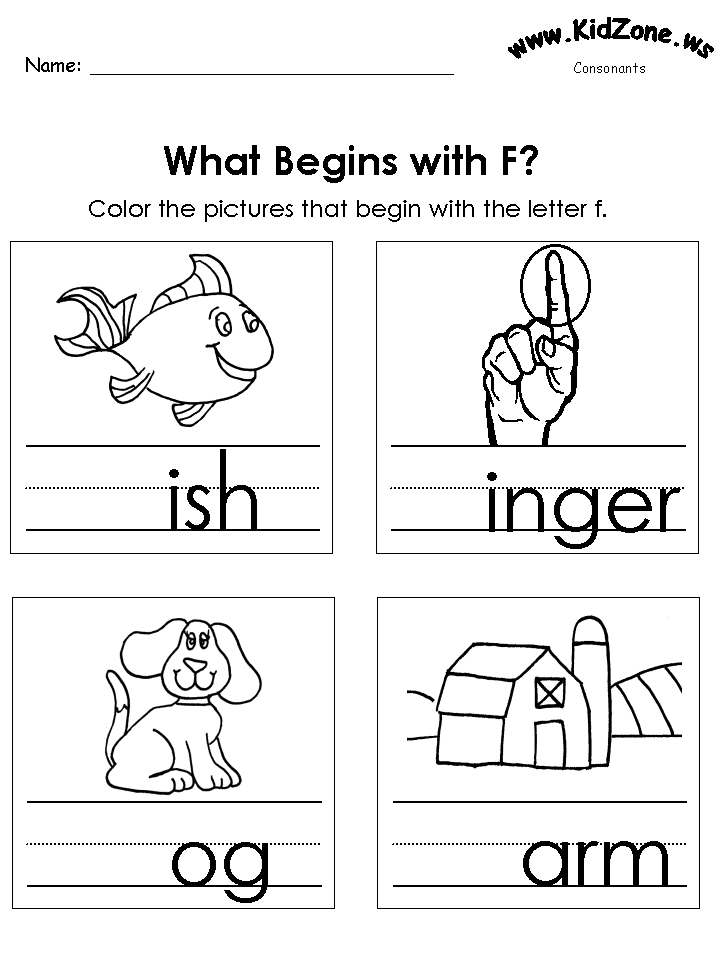 Phonemic analysis is also being trained here (the letters in the word are in a certain sequence).
Phonemic analysis is also being trained here (the letters in the word are in a certain sequence).
"Magic bag" - the child identifies plastic (metal) letters by touch.
Child draws the letter in the air with a pointer, and the adult guesses it (and vice versa). You can “draw” letters on the back, guess according to verbal instructions - “This letter is oval”, “This letter consists of two lines crossed at an angle”, etc.
- "Syllabic paths" - can be varied and originally designed in a playful way ("Mountains", "Skydiver", "Beetle", "The ball is blown away", "Bonfire", "Star", etc. )
- Syllables with "windows", with moving stripes etc.
- "Learn letters and make a syllable"
- "Flowers" (reading syllables on petals)
- "The words fell into syllables"
- "Combine syllables into words"
- "Kick the ball into the goal"
- For the development of lateral fields of vision of the game - "Pyramid" - looking at the number in the middle, read the word from the syllables "moving away" from the center, "Point in the center" - without taking your eyes off the point, find a certain letter according to the teacher's instructions.
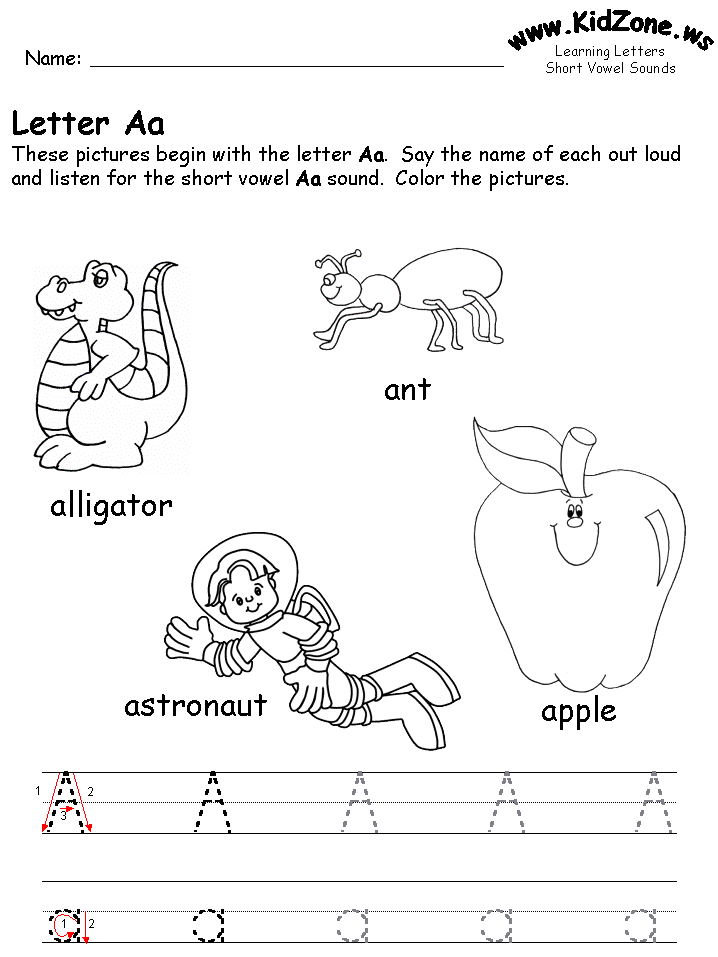
At the initial stage of mastering reading, some children find it difficult not only in syllables, but also in dividing words into syllables. This creates some difficulty in reading. To overcome this obstacle, you can use:
- Colour-coded syllables . For example: Winter has come. Valya and Sasha are making a snowman. (On the card, highlighted syllables are indicated in a different color, for example, blue)
- Exercises for dividing text words into syllables . The child is invited to divide all the words into syllables with vertical lines.
- Reading syllabic tables (according to Kalinina, Hegelia) - requirements: the font is large and clear, at first the vowels can be highlighted in red. The tables have hint icons - an arc - a consonant followed by a vowel. A dot is either a vowel without a preceding consonant, or a consonant, or a consonant with a soft sign. The tables follow the principle “from simple to complex”, they can even be called “linguistic”, but if the child masters them, then in the future he will be able to read the longest and most complex words.
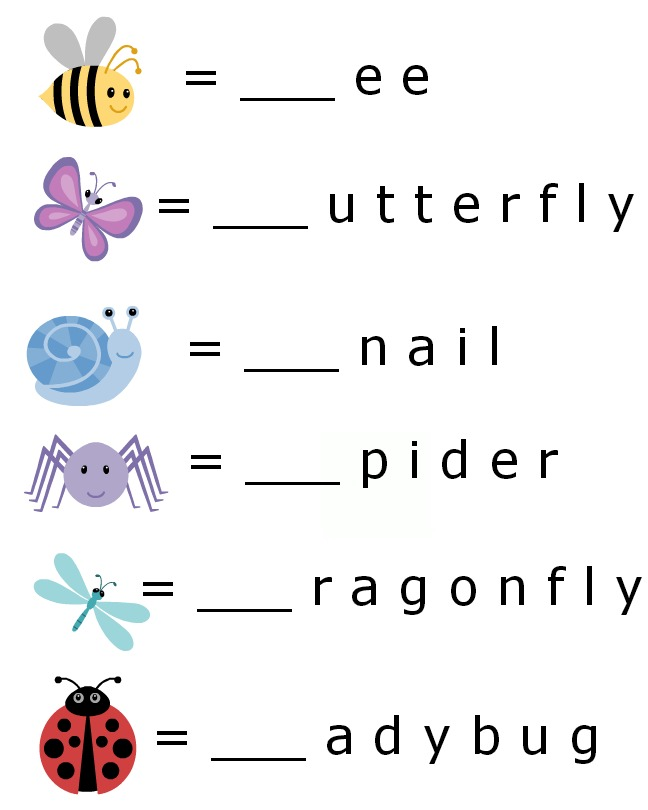 Recommendations: you should not move on to the next table if the reading of the previous one has not been worked out. When reading tables, you need to clearly explain to the child that an arc is a continuous reading of two letters (draw along the arc with a pointer), and a dot is adding a separate letter and stopping the movement. You can read lines and columns.
Recommendations: you should not move on to the next table if the reading of the previous one has not been worked out. When reading tables, you need to clearly explain to the child that an arc is a continuous reading of two letters (draw along the arc with a pointer), and a dot is adding a separate letter and stopping the movement. You can read lines and columns. - “What syllable is superfluous” - in front of the child are cards with syllables, for example: KA, TA, NU, PA. The child explains that the extra syllable is NU, because all the rest with the vowel A.
- "What syllable is gone" (carried out by analogy with letters)
- "Tell me the end of the word" - in front of the student on the table 3 - 4 cards with syllables. For example: TA, NA, RA, SA. An adult pronounces a word without finishing the last syllable. The child must find and read the end of the syllable (voro-TA, boro-NA, quarter-RA, polo-SA).
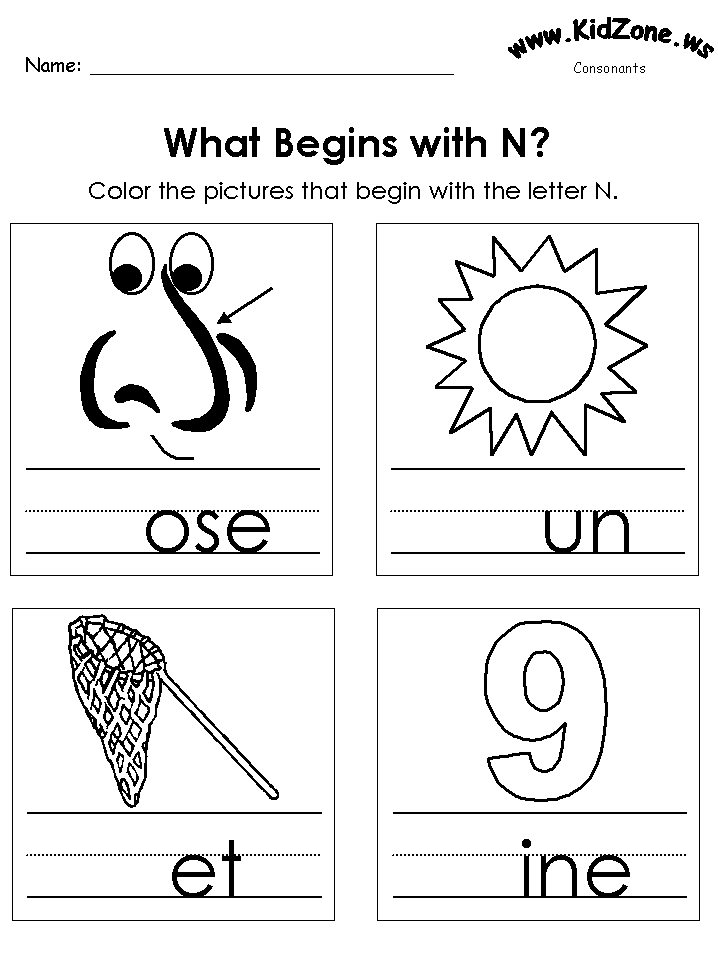 (Verbal material in Kalinina's brochure, p. 10)
(Verbal material in Kalinina's brochure, p. 10) - The child is sequentially shown cards with syllables one by one, from which he must mentally form a word. In this case, each next card closes the previous one. You should start with two-syllable words, gradually lengthening them. A similar game is "Chain of words" , when the last syllable of the previous word is the first syllable of the next.
- Reading words with the same syllabic structure (books with pictures).
- Synthesis of words from syllables with one permanent and one changing syllable :
RO - (SA, ZHA, MA, TA, LI, ZA, GA) WHO - (SPIRIT, RAST, CHIK)
(BAL, BUL, BAN, BEL, PIL) - KA KA- (BAN, LACH, MEN, MIN, RAS)
- Game "Help Dunno" : "Dunno mixed up syllables. Help him make a word!”: KA-MU (flour), LO-MO-KO (milk), etc.
WORK AT THE LEVEL OF WORDS, SENTENCES.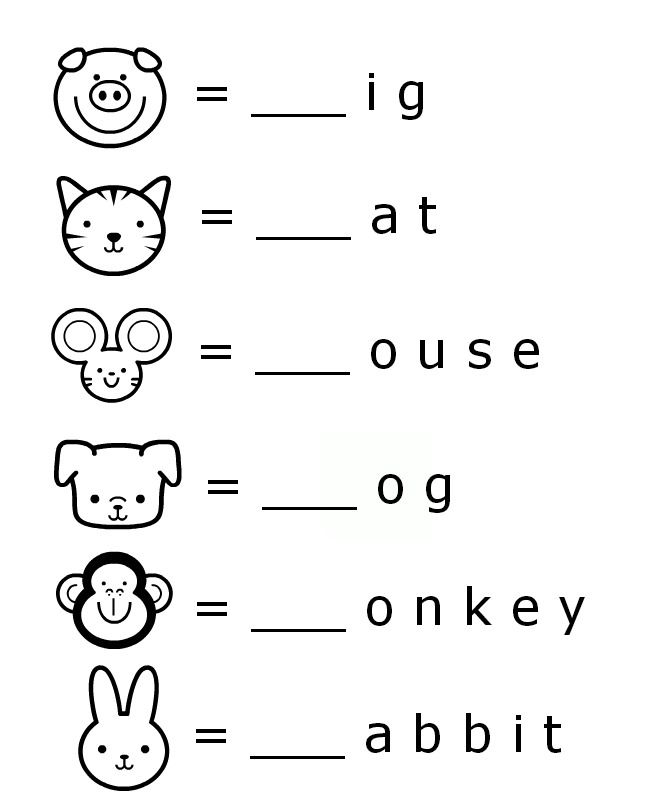
AUTOMATION OF SYMBOLISM,
IMPROVEMENT OF READING TECHNIQUE.
1. Reading words that differ by one or two letters.
The columns of such words are easily read by children, and so each time the word is changed with only one letter. After reading the column, you need to ask the child which of the combinations read is not a word, it does not make sense, how words differ from each other. You can lay out several words from the letters of the split alphabet.
The learning effect will be better if the teacher draws (prints) each column in block letters on a separate sheet of paper in large print. (See APPENDIX)
2. Read columns of words with the same vowels.
Before reading each column, give the child the following task:
a) memorize as many words as possible;
b) memorize vowels in words.
After reading, you can put these words out of the letters of the split alphabet (from memory).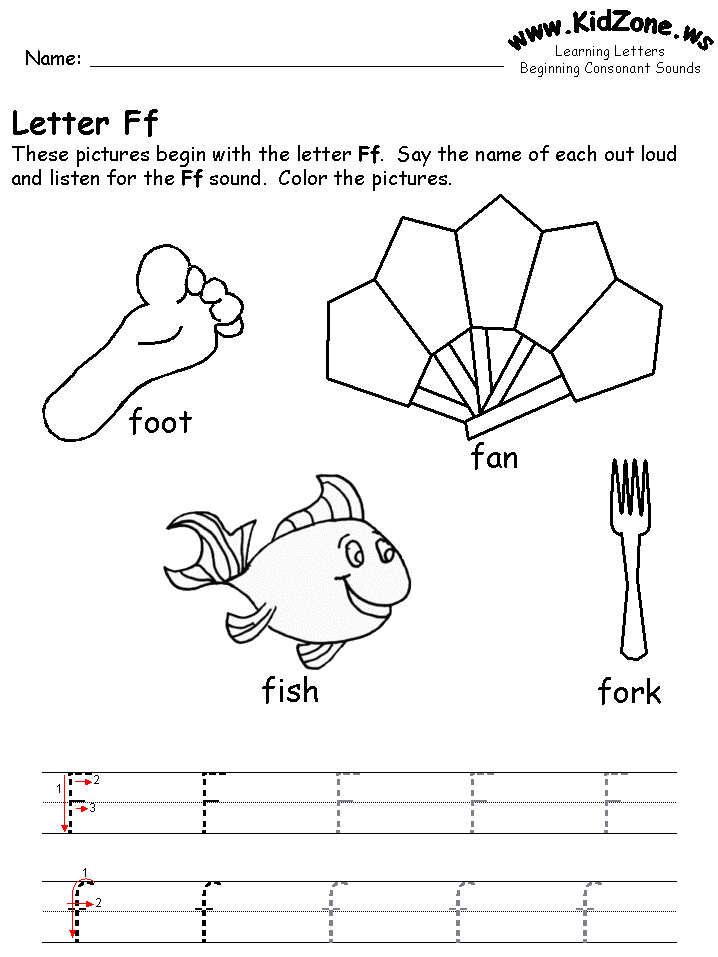 (See APPENDIX 2)
(See APPENDIX 2)
It must be remembered that without the ability to predict in the process of reading, it is impossible to achieve a sufficiently fast pace of reading. First of all, children should be trained in recognizing the sound-letter image of a word , focusing only on its individual elements . The following types of exercises pursue this goal.
In addition, such exercises provide high mental activity in the process of learning to read, vocabulary is expanded and refined, word-formation and inflection skills are instilled, spelling vigilance is brought up, and the mobility of the articulatory apparatus is worked out.
Words in all exercises should be pronounced according to spelling (according to spelling standards), clearly pronouncing each sound, but not in syllables, but together. after reading the column, the words are compared, it turns out from the sound-letter composition, similarity and difference, the meaning of the words.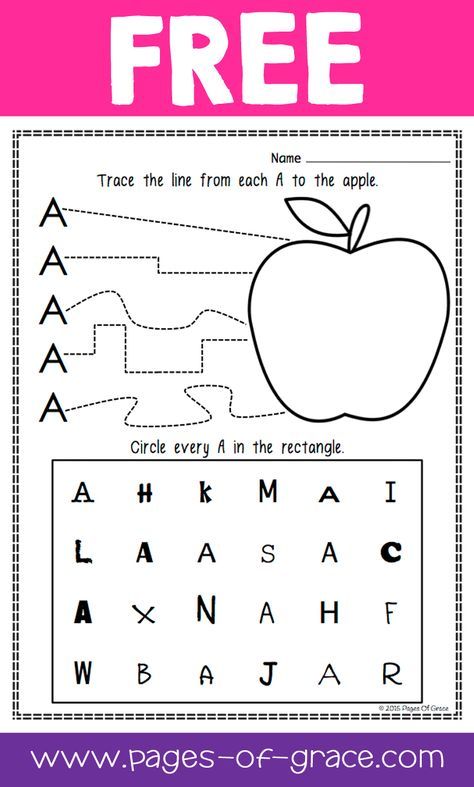
3. Reading columns of words with the same ending. (See APPENDIX 3)
4. Reading forms of the same word. (See APPENDIX 4)
5.
Each word from all groups of cognate words is written on separate strips of paper. Each group of words is in a separate envelope, and the key word of the group is written with a colored felt-tip pen. (Manual "Families of related words")
The sequence of the task is as follows. An adult lays out 2 - 3 groups of single-root words on the table. The child reads them, then all the words are mixed, leaving only the supporting ones. In conclusion, the child restores groups of words, finds "relatives".
You can ask the child to arrange the words of each group in a column in ascending order of the number of letters in these words. As you know, reading columns of words, selected by the method of building letters in them, is a very good exercise.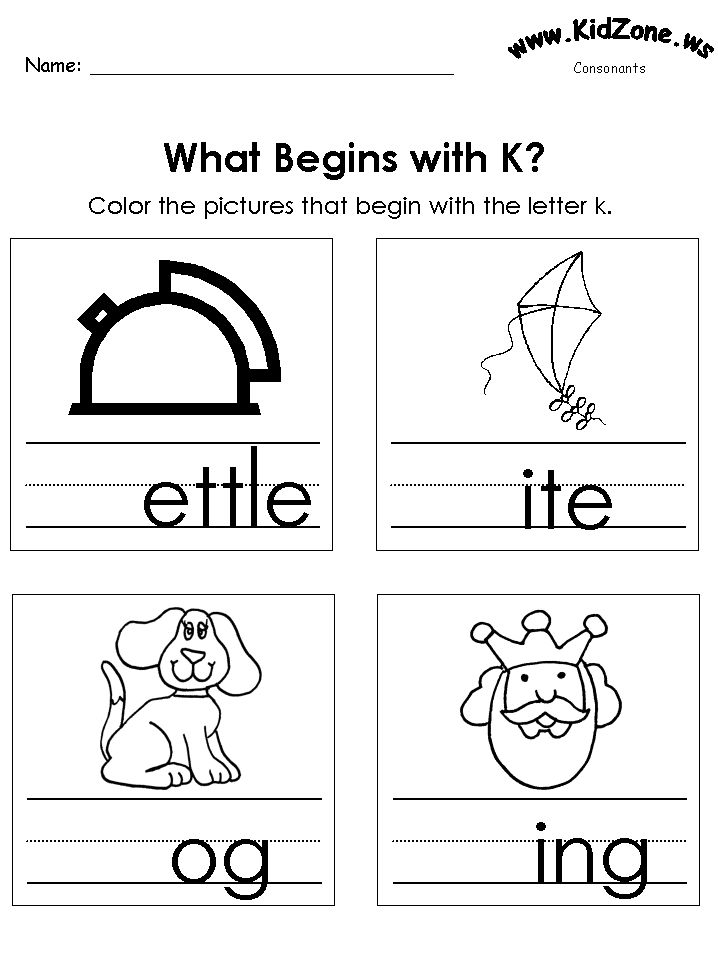
When performing such an exercise, one should not require the child to understand the shades of the meaning of each word. The main thing is to draw the attention of children to the sound and semantic commonality of words with the same root, to the fact that the vowels in the root of these words are written in the same way.
6. Composing words from their parts.
It can be fascinating and interesting to work on composing words from its particles - prefixes, suffixes, roots, endings (if the child does not yet know these terms, they should not be used)
Before starting work, the teacher cuts a certain amount in front of the child words into parts, for example, polo - onk - a, uncle - enk - a, fox - onk - a, night - enk - a (the number of words depends on the capabilities of the child).
Then the different parts of all the words are mixed and the student reconstructs the words.
Additional tasks:
a) Read the words as quickly as possible
b) Memorize 3-4 words.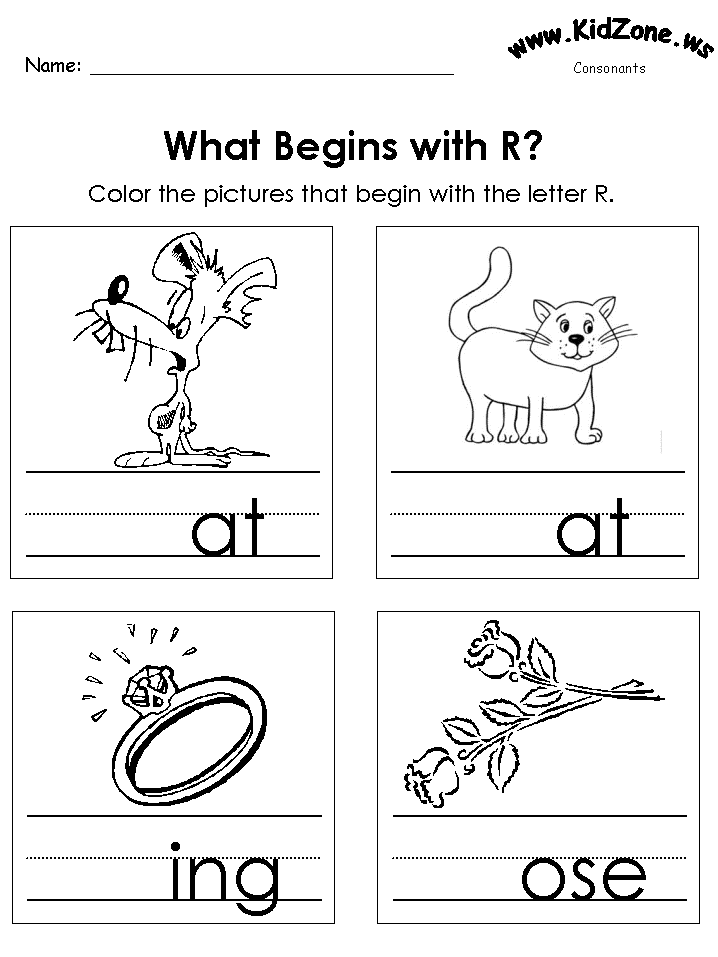 Compose from the letters of the split alphabet.
Compose from the letters of the split alphabet.
c) Find the lost particles. The teacher incorrectly composes the words - the student corrects the mistakes.
d) Make a sentence with 3-4 words.
Material can be as follows:
Words with suffixes
- ONK
striped, fox, hairs, birch, golovonka, little eyes, liponka.
- UShK
grass, village. swan, talker, cinderella, soldier, dove, beard, talker, crane, feeder, side, mallet, river.
(words with suffixes - enk, - search, - in, - k, - ek. - eni, - ok, - ik, - ist, - nick, - onok, - yonok)
Words with prefixes
to intercept, grab, grab, grab, grab, grab, grab, grab, grab, grab.
Sew on, sew on, alter, sew on, sew on, sew on, sew on, sew on, embroider on…
and, e-crash-eni-e, etc.
7. Work with rhymed texts.
Improvement of reading technique is facilitated by working with rhymed texts.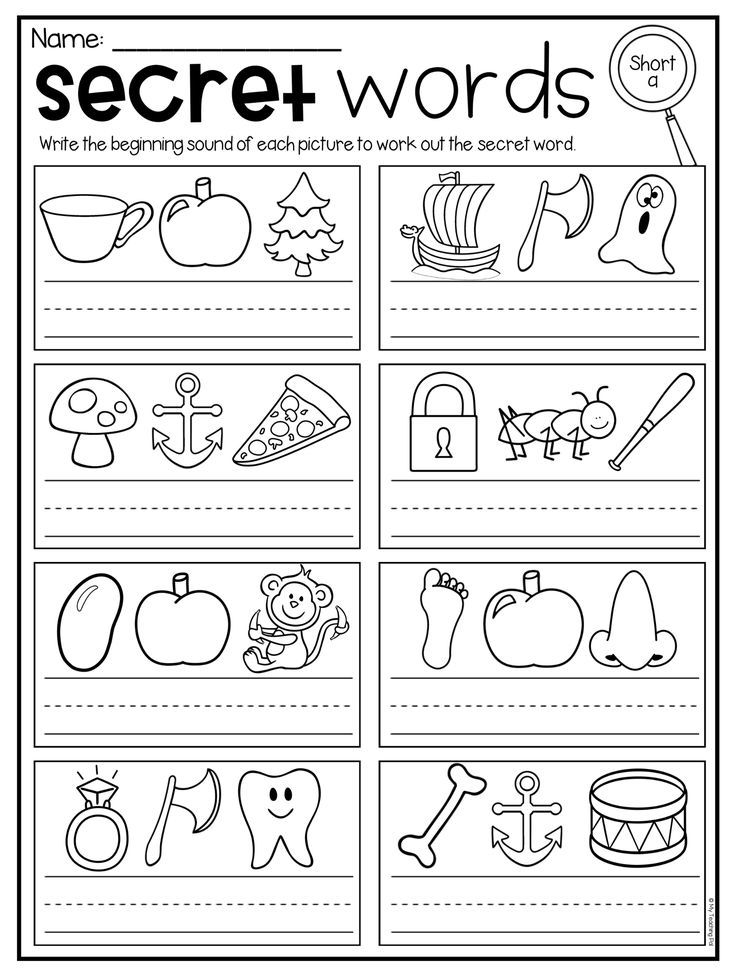 (see APPENDIX 5)
(see APPENDIX 5)
8. Reading "encrypted" words using visualization.
Here the teacher can show imagination, fiction to diversify reading and find as many entertaining moments as possible in this process.
Tasks can be very diverse: “Put the syllables in order”,
“Read the words”, “Collect the words”, “Collect in a basket, jar, vase”;
Learning to see words among other letters - "Teremok", learning to see on the line and read the words denoting a) the names of colors; b) names of trees - "Wreath", "Cook compote" (add words from syllables), "Shoe" (find the names of shoes among the letters), "Fruits" (find the names of fruits among the letters), “Primroses” (find the names of flowers) - and all these tasks can be taken in other lessons, such as natural history, familiarization with the outside world, etc.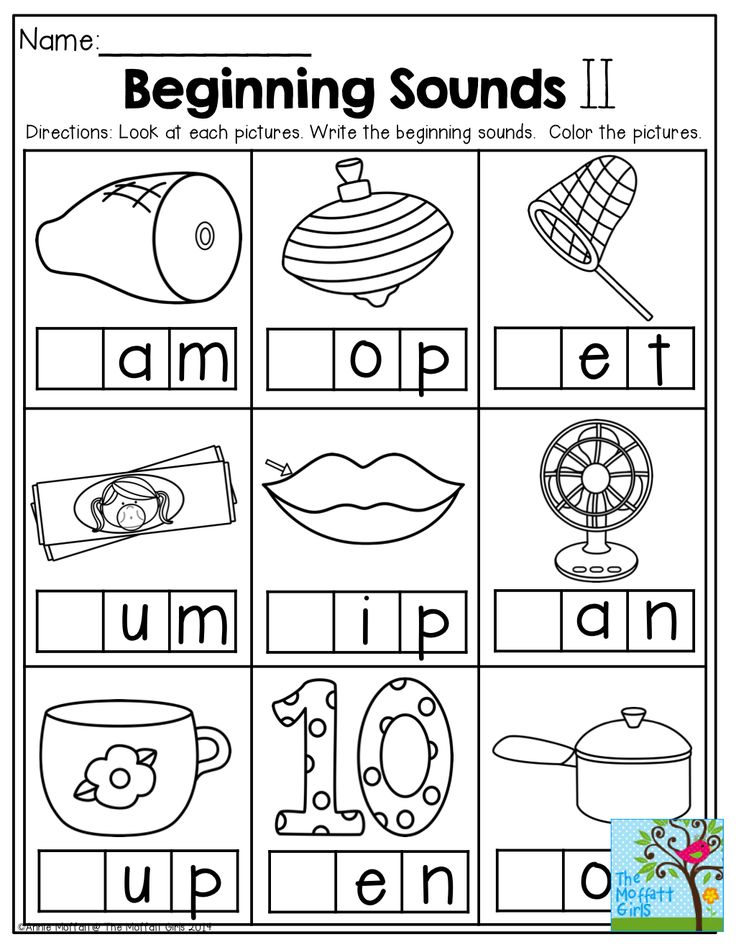 - Here is an inter-class connection for you.
- Here is an inter-class connection for you.
Reading words with complication - "Flower" (reading through one petal), "Sun" (reading through one ray), "We read words crossed out, unfinished, slightly closed", "Words in which the letters ran up", "Reading in the direction of the arrows", "Read the riddle (sentence) according to the scheme", "Reading in ascending order of numbers", "Reading with a through letter" and others.
In addition to reading technique, during the performance of these tasks, the visual analyzer is improved and developed, which affects visual perception and attention. By performing these exercises, errors in optical dysgraphia and dyslexia are prevented, dexterity, ingenuity, and technicality are developed when “reading with complication”.
References:
97.
2. Lalaeva R. I. "Reading disorders and ways of their correction in younger schoolchildren" St.